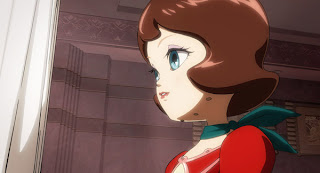Preguntas a Satoshi Kon
Ya no es posible e incluso si todavia viviera dudo mucho que se lo hubiera podido preguntar pero si esa linea pegajosa entre la imaginación y la realidad se desvaneciera esto le preguntaría yo al maestro Satoshi Kon. 1. ¿Cómo fue su ambiente familiar mientras crecía? 2. ¿Cuál es su primer recuerdo? 3. ¿Cuándo decidió que quería e iba a dedicarse a dibujar? 4. ¿Cuál es el legado que le gustaría dejar? ¿Cómo quisiera ser recordado? 5. ¿Crea para usted o para el público? 6. ¿Cuál es la película perfecta? 7. ¿Ha leído a Freud? 8. ¿El subonsciente define quienes somos o es el consciente? Imaginación y realidad. Estamos en contacto
